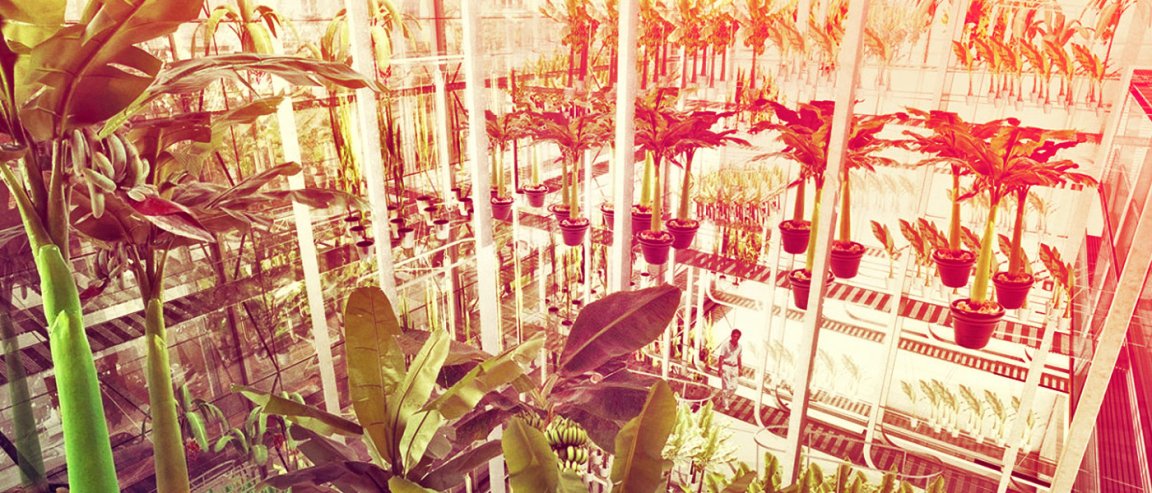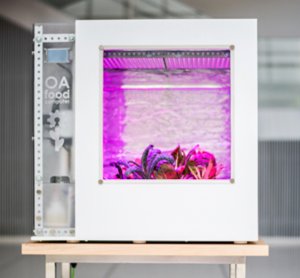
Green Revolution
What does the future of farming and agriculture look like? According to researchers from MIT, pretty good—that is, if we look towards today’s technological breakthroughs to ensure it.
The team has come to a positive, yet unexpected possibility—that urban agriculture might be on the verge of an Internet-enabled revolution. Meaning, given that technology has now enabled new farming techniques and opportunities that allow for indoor, warehouse-based settings, food production can potentially accommodate high-density urban demands and maintain food security despite our unstable environment and exposure to vulnerabilities.
And right now, a team of MIT technologists are working on creating a networked agricultural system anchored on the open-source software movement for inspiration.
“The current state of [networked agriculture] is very one-off,” says Caleb Harper, principal research scientist for the Open Agriculture (OpenAG) Initiative at MIT’s Media Lab. “Everybody designs their own little unique ‘data center’ for plants, for a warehouse farm or for a vertical farm. They say it’s super special, and they try to create intellectual property out of it. And they won’t let people go in it, because they don’t want other people to steal their brilliant ideas. That’s the problem in my industry now. They haven’t realized that there’s a system that underlies this. And it won’t scale until there is a common platform.”
The Food Computer
This new platform that Harper is developing is a digitized food-growing system he dubs the “Food Computer” and it creates a controlled environment ideal for farming using robotic controls and actuated climate energy as well as plant sensing mechanisms.

It’s designed to optimize agricultural production basically by creating the ideal climate inside a controlled chamber.
To do that, the Food Computer monitor will monitor and fine-tune elements such as light exposure, humidity, temperature, C02 level, water cycles, and nutrient delivery following a preset recipe.
The key here is that recipes for different crops, including the software that controls and monitors the data will be circulated freely among Food Computer users, allowing them to collaborate to tweak and improve the process depending on their current environment—whether they’re in the tropics or the Antarctic.
There are less than 10 Food Computers being used worldwide, but these are expected to grow. The growth of computerized vertical farming continues to boom and experts believe that the numbers will only get bigger in the coming years, thanks to the increasingly efficient technology of LED grow lights available today.